
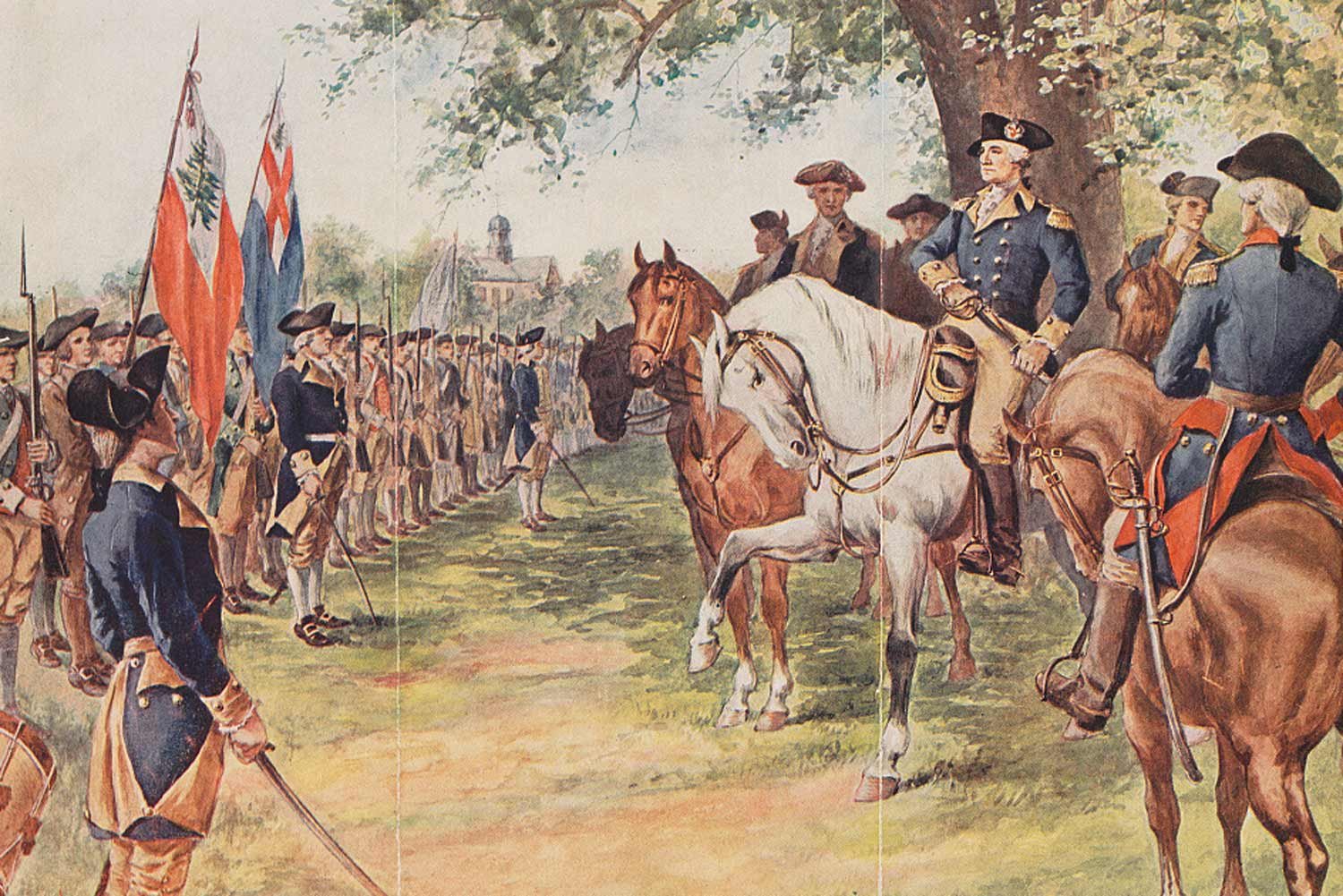
Daniel Morgan Joins Fight for Independence
Daniel Morgan was inspired by America’s desire for independence as early as 1774, when England imposed the Intolerable Acts on the colony of Massachusetts. Morgan felt a natural resentment to this imposition of British authority, tracing back to his unpleasant experiences serving the British army as a wagoner during the French and Indian War.
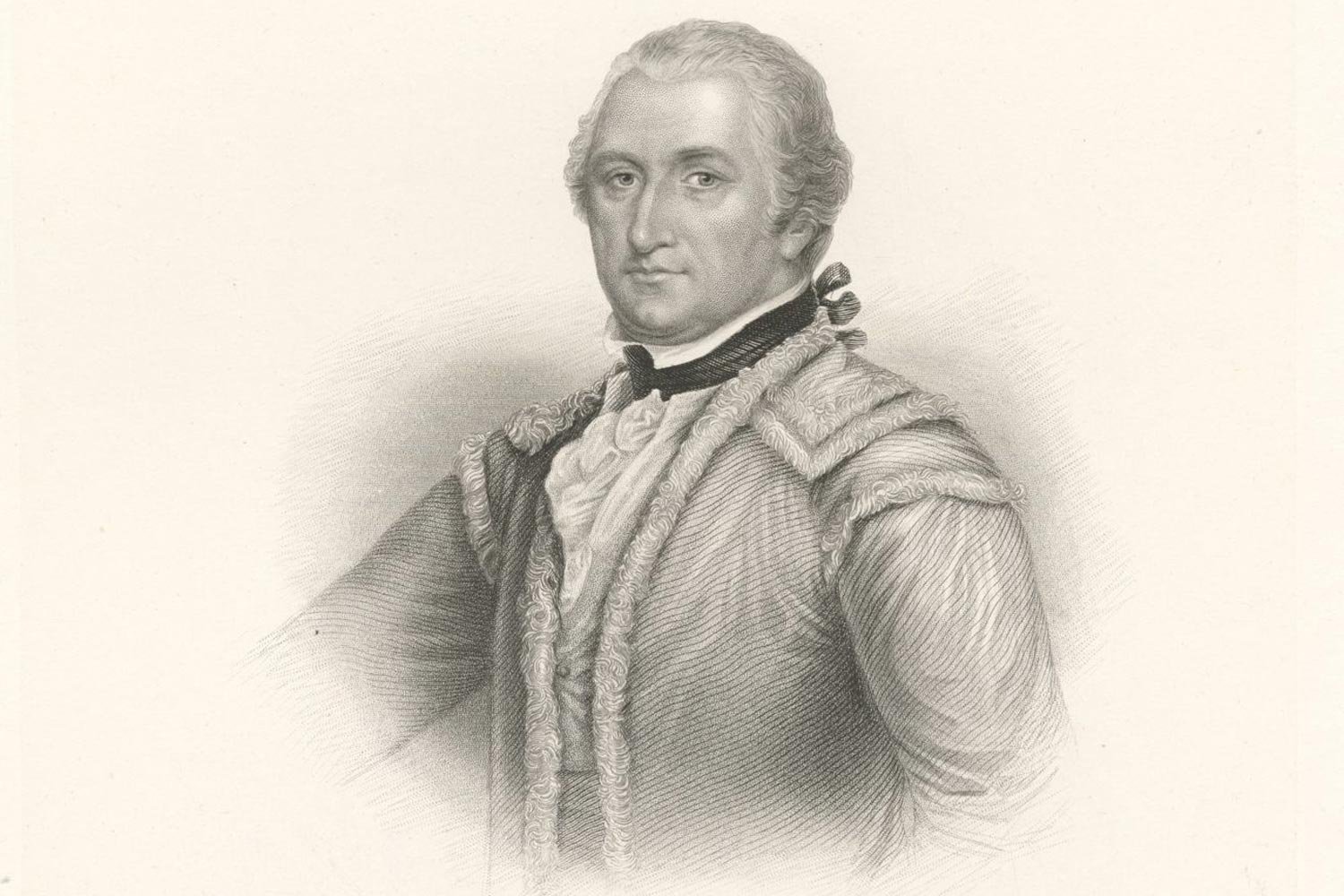
Daniel Morgan Comes of Age
Daniel Morgan, the victor of Cowpens, was one of America’s best battlefield tacticians during the American Revolution. He rose from a hard scrabble childhood to national prominence solely on his merit and ability, overcoming his lack of political connections and wealth. Morgan’s story is a truly inspirational tale.
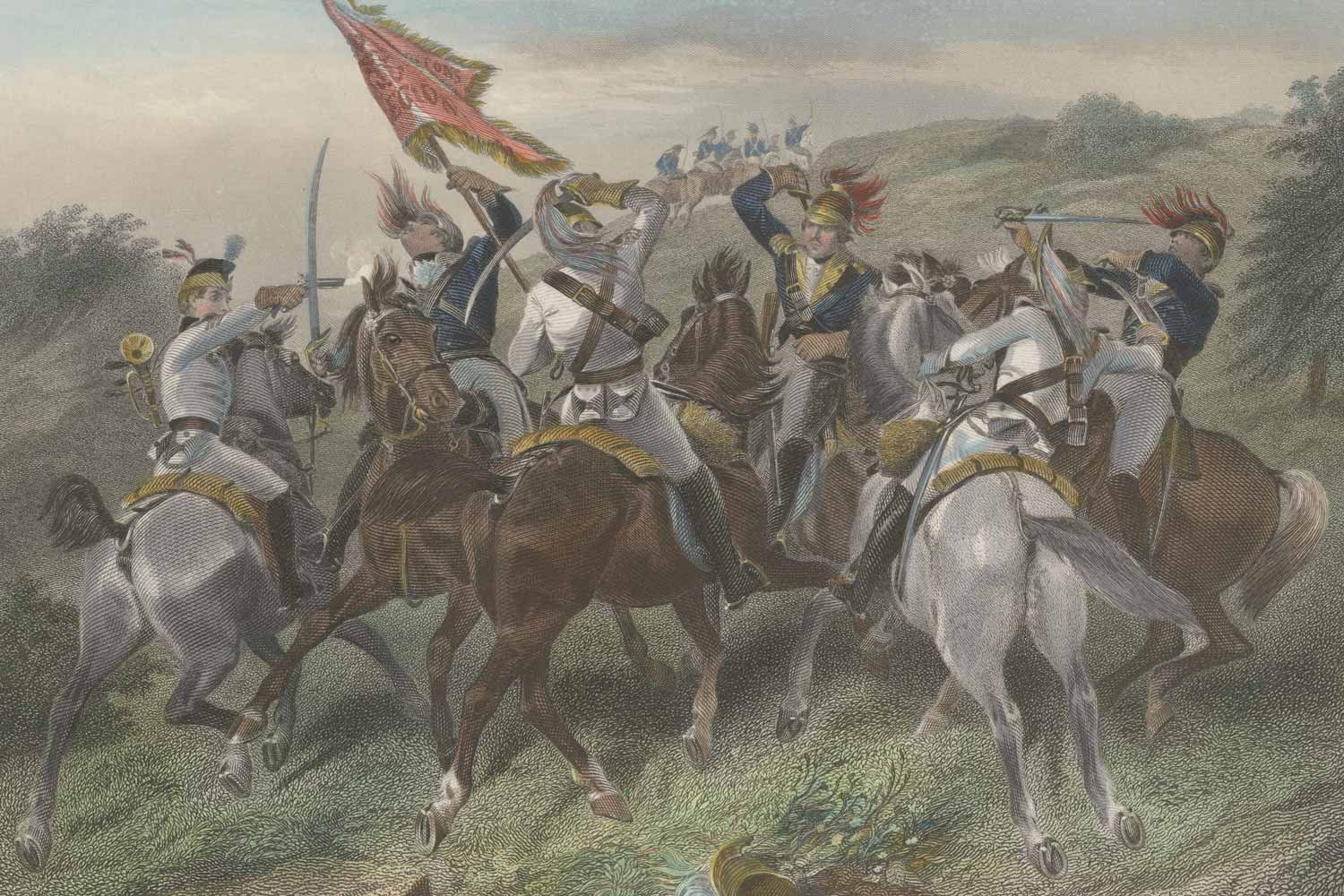
Nathanael Greene Takes Command of Southern Continental Army
Despite the disastrous defeat at King’s Mountain on October 7, 1780 and several victories by Patriot partisans, Lord Charles Cornwallis and the British army still controlled most of South Carolina and Georgia at end of 1780. The new year would see a reverse of fortunes for the American cause as two gifted commanders, Major General Nathanael Greene and Brigadier General Daniel Morgan, took the helm of the southern Continental Army.

Nathanael Greene Joins the Cause
Nathanael Greene was one of the greatest American generals to emerge from the American Revolution. Without any formal military training or any experience, Greene developed into a leader feared and respected by his British counterparts.
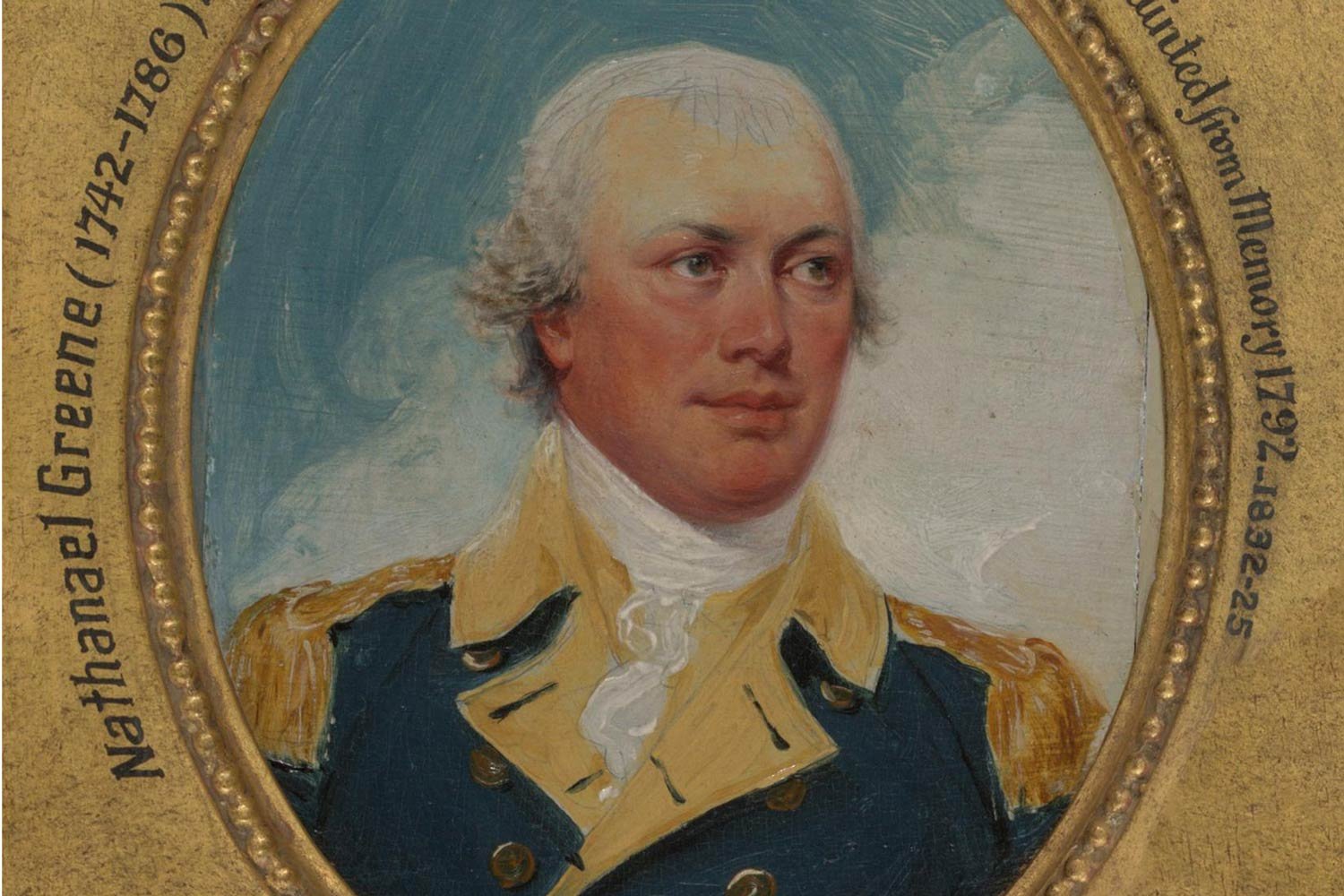
The Early Life of Nathanael Greene
This Continental Army General’s family arrived in America in the mid-1600s and soon became prominent and prosperous in their region. As a youth, he had little formal education but managed to find time to study great military leaders of the past. During our War for Independence, he lost most of the battles he fought but managed to hold his thread-bare regiments together.
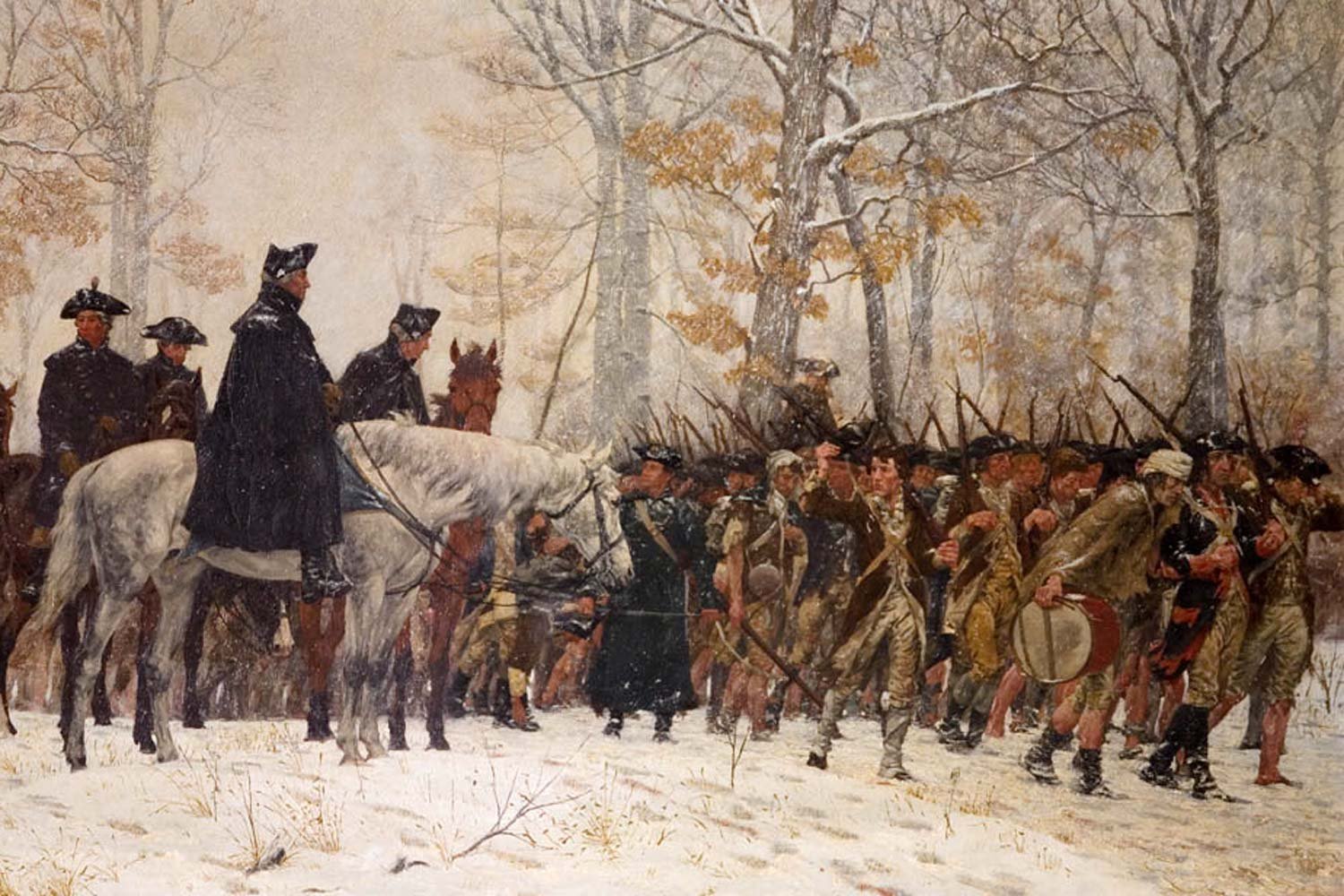
A Desperate Winter at Valley Forge
In December 1777, following the loss of Philadelphia, our nation’s capital, General George Washington moved his Continental Army to Valley Forge for the winter. It would prove to be a desperately hard winter for the soldiers, with conditions that might have broken the spirit of less determined men, but one from which the American army emerged a more professional fighting force.
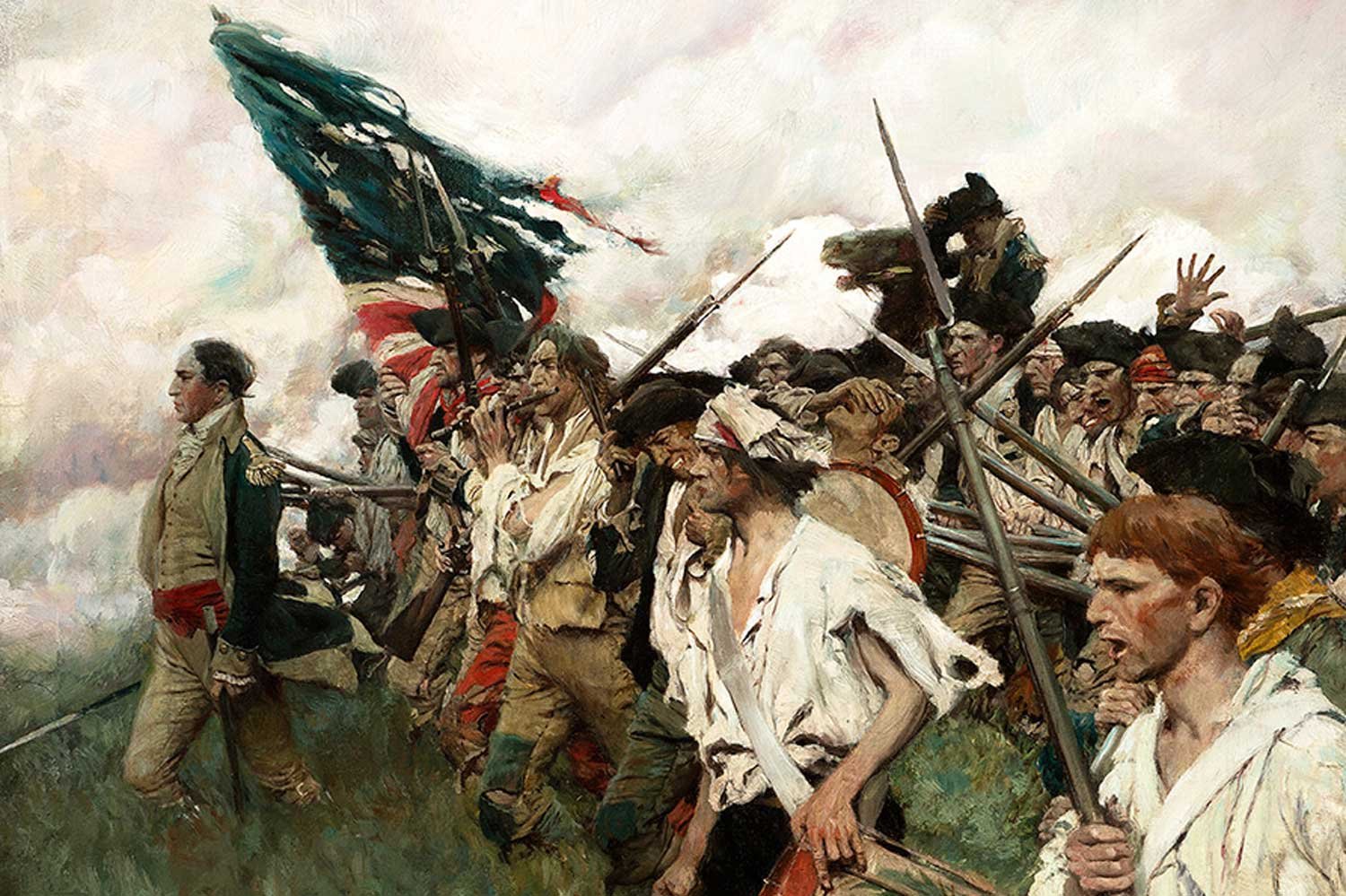
The British Capture Philadelphia
Our nation’s capital has twice been captured by a foreign army and in both cases, it was by British Redcoats. The more famous incident was the burning of Washington on August 24, 1814, during the War of 1812. However, the first occurred 37 years before that event, in 1777, when the British captured Philadelphia, the capital of newly independent United States.
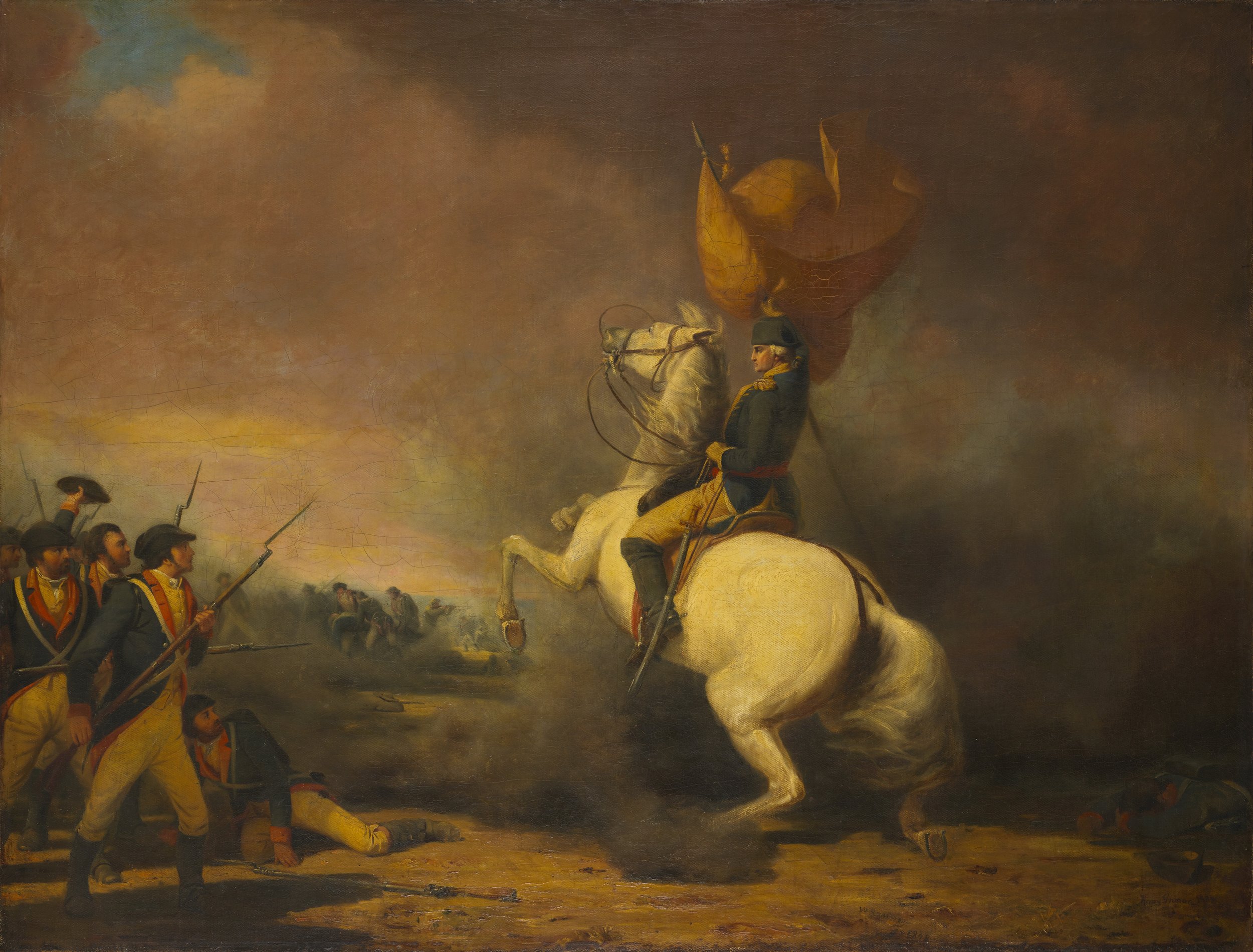
Continental Army Victorious at Princeton
General George Washington and his Continentals had achieved a great victory at Trenton on December 26, but the General saw another opportunity if he acted aggressively. On December 30, he recrossed the Delaware hoping for another miracle.
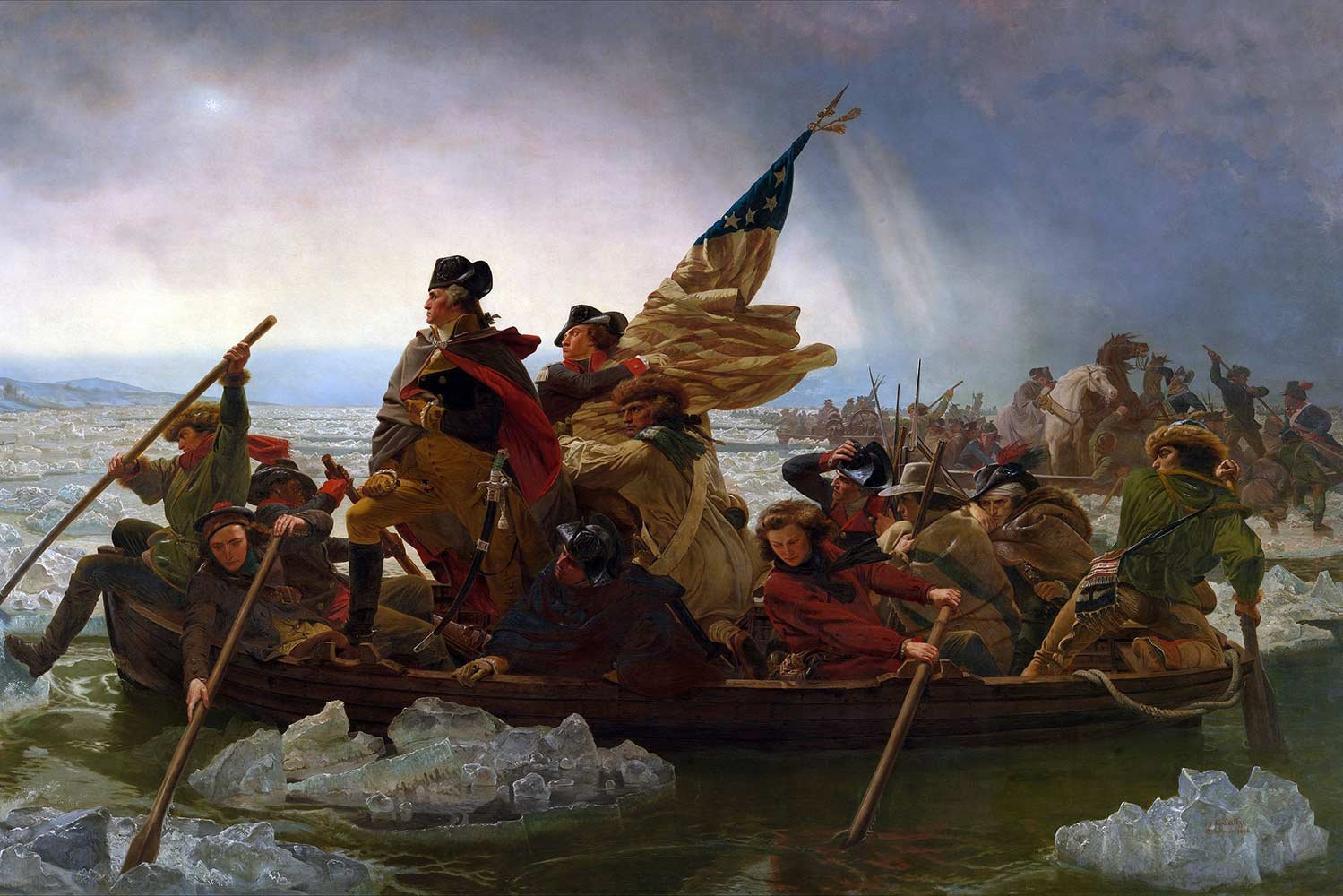
George Washington and the Crossing of the Delaware
In late December 1776, the American Revolution had reached its low point. The 16,000-man Continental Army that had driven the British out of Boston in March 1776, had lost countless battles over the course of nine months and dwindled to a skeletal force of 3,000 soldiers on the west side of the Delaware River.

Washington and Continental Army Face Rocky Start
General George Washington formally took command of the Continental Army surrounding Boston on July 3, 1775. He immediately began to organize and train the troops and his natural aggressiveness was soon on display.
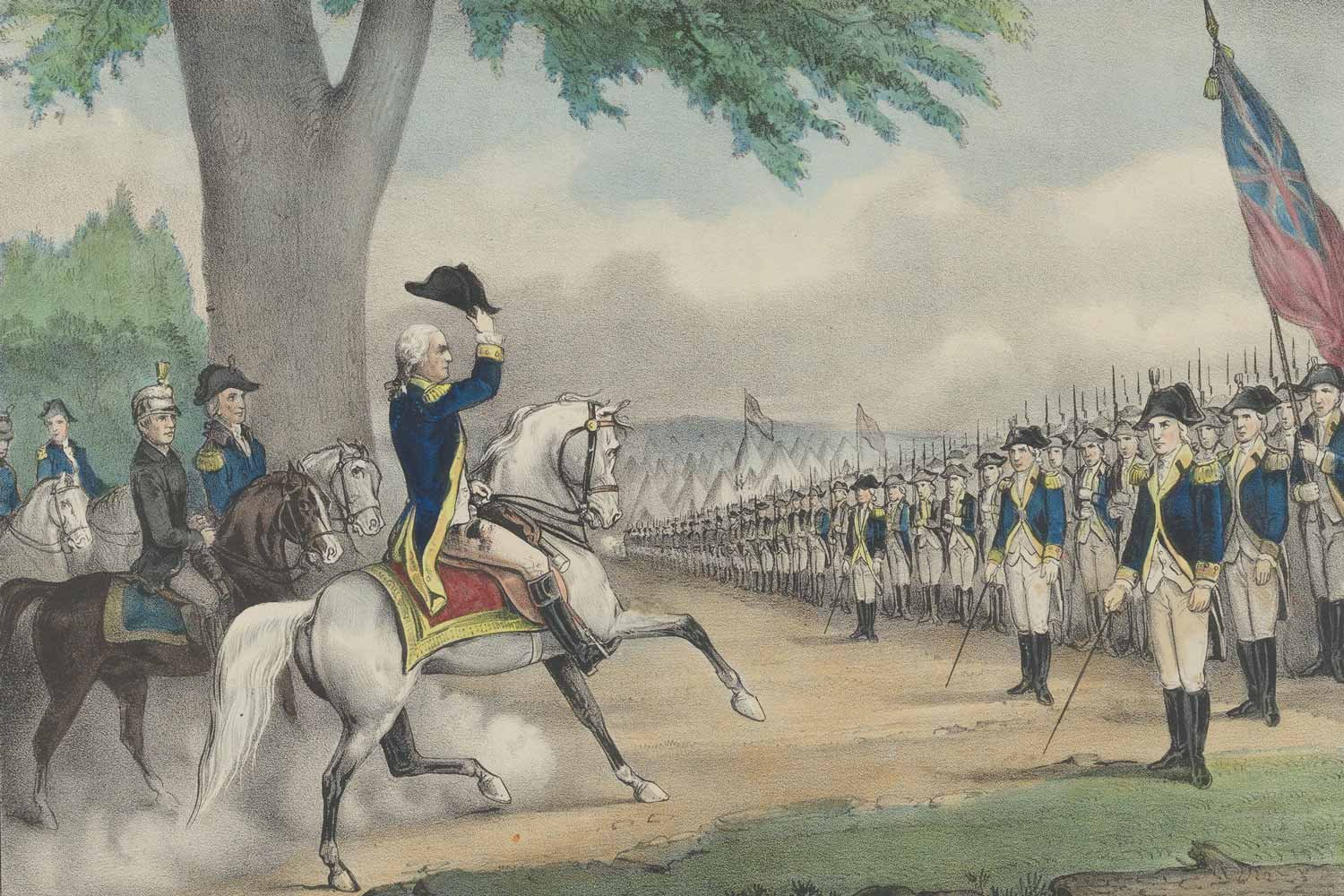
Washington Takes Command of the Continental Army
When it came to finding the right man to command the new Continental Army assembled around Boston, George Washington was the logical choice. John Adams quickly nominated Washington and Congress unanimously approved. As Adams stated, “This appointment will have a great effect in cementing and securing the Union of these colonies.”
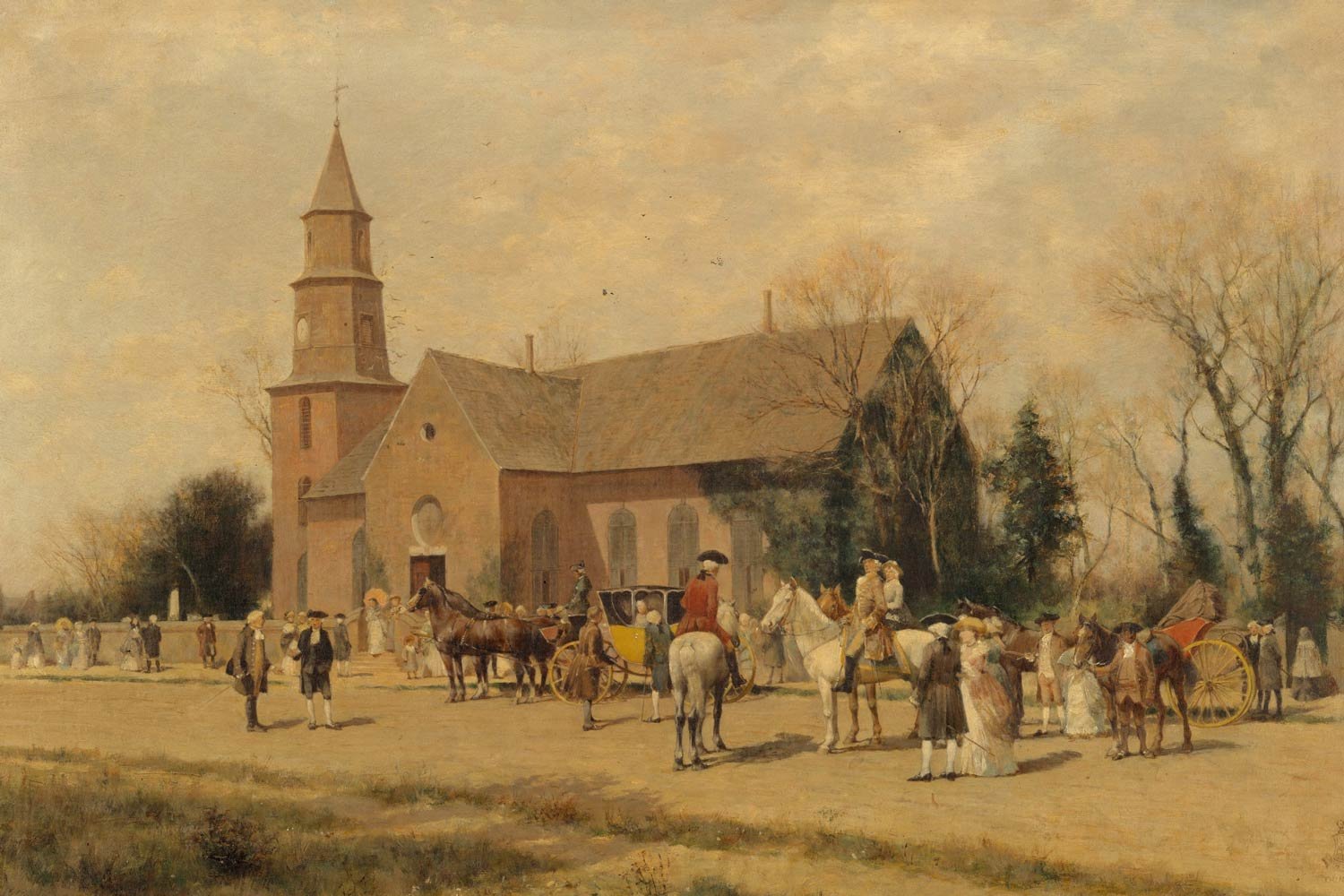
George Washington Enters Politics
As befitting a wealthy landowner in colonial Virginia, George Washington became active in the colony’s politics in the 1750s. He first ran for a seat representing Frederick County in the Virginia House of Burgesses in 1755 but lost the election. Interestingly, it was the only political race he would ever lose. Washington ran for that same seat in 1758 and was victorious, and he held this seat for seven years.




